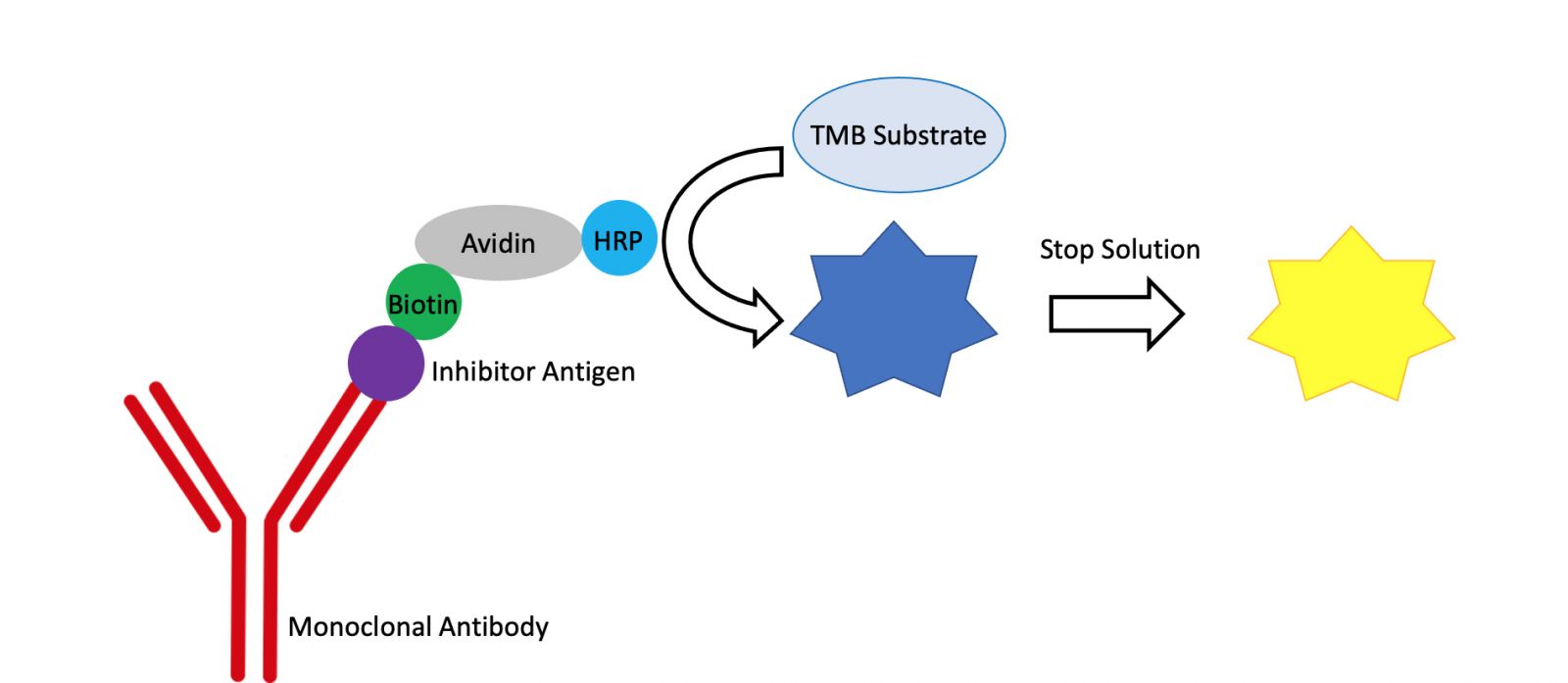
ELISA Test Principles
Apr 22, 2022ELISA (enzyme linked immune-sorbent assay) is a laboratory technique first discovered in the 1970’s and used to detect and quantify the amount of analyte in a given sample. There are a few different methods of ELISA available, but they all rely on interactions between the analyte and antibodies specific to it. Currently, the most common form of ELISA is the sandwich ELISA. In this format, the analyte is ‘sandwiched’ between the capture and detection antibodies. This is the most common format due to its technical robustness while still maintaining specificity. Other ELISA formats include direct ELISA, indirect ELISA, and competitive inhibition ELISA (also known as competitive ELISA). It is possible to build your own ELISA kit using matched antibody pairs, however this can be time-consuming due to the amount of troubleshooting often necessary. Many researchers instead opt for pre-made, ready to use kits that have already been optimized for use with different samples. Reddot Biotech offers both Sandwich and Competitive Inhibition ELISA kits.
As mentioned previously, sandwich ELISA kits ‘sandwich’ the analyte of interest between the capture and detection antibodies for detection. When you open the kit, the microtiter plate has been pre-coated with an antibody specific to the target antigen. Standards or samples are then added to the appropriate microtiter plate wells and incubated. After washing, a biotin-conjugated antibody preparation specific to the target antigen is also added, forming the top of the sandwich. After another incubation period and wash, Avidin conjugated to Horseradish Peroxidase is added to each microplate well and incubated. The avidin binds to the biotin. Following another wash step, TMB substrate solution is added to the wells, reacting with HRP to form a blue colour. After a final incubation period, a stop solution is added to end the reaction and the OD readings from each well can be measured.

Competitive inhibition ELISA kits are often used when a small molecule or analyte with one binding site is the target. Competitive Inhibition ELISA kits function similarly to the sandwich format, but with inverse results. Again, the microtiter plate included in the kit is precoated with monoclonal antibodies, or antigens, that are specific to the target antigen. The immobilized antibodies or antigens have one binding site. Standards or samples, and a detection solution with an inhibitor antigen conjugated with biotin are added at the same time and incubated. The antigens in the sample and inhibitor antigens ‘compete’ for the single binding site on the monoclonal antibody or antigen. After washing, Avidin conjugated to Horseradish Peroxidase is added to each microplate well and incubated. The avidin-HRP complex will only bind to the biotin-conjugated inhibitor antigen complex, not to any bound sample antigen. Therefore, the amount of bound horseradish peroxidase conjugate is reverse proportional to the concentration of the target antigen in the sample. After another wash step, TMB substrate is then added to the wells and incubated, forming a blue colour. However, the intensity of colour developed is reverse proportional to the concentration of the target antigen in the sample. After the TMB incubation, a stop solution is added to end the reaction and the OD readings from each well can be measured. Like the colour intensity, the OD readings of the wells are reverse proportional to the amount of analyte in the sample or standard being measured.

For more information on Reddot Biotech ELISA kits, visit our FAQ or Troubleshooting pages.
Browse all Reddot Biotech ELISA kits here.